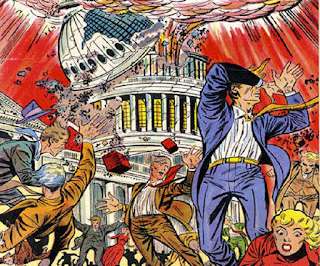Data and AI for Decision-Support and Policy
National Center for Disaster Prepardness
MAY 30, 2025
Each phase of the disaster management cyclemitigation, preparedness, response, and recoveryrequires different tools, datasets, and approaches, all of which can benefit from the application of AI (Table 1). Its outputs directly informed the Metropolitan Transportation Authoritys (MTA) first Climate Resilience Roadmap in April 2024.














Let's personalize your content